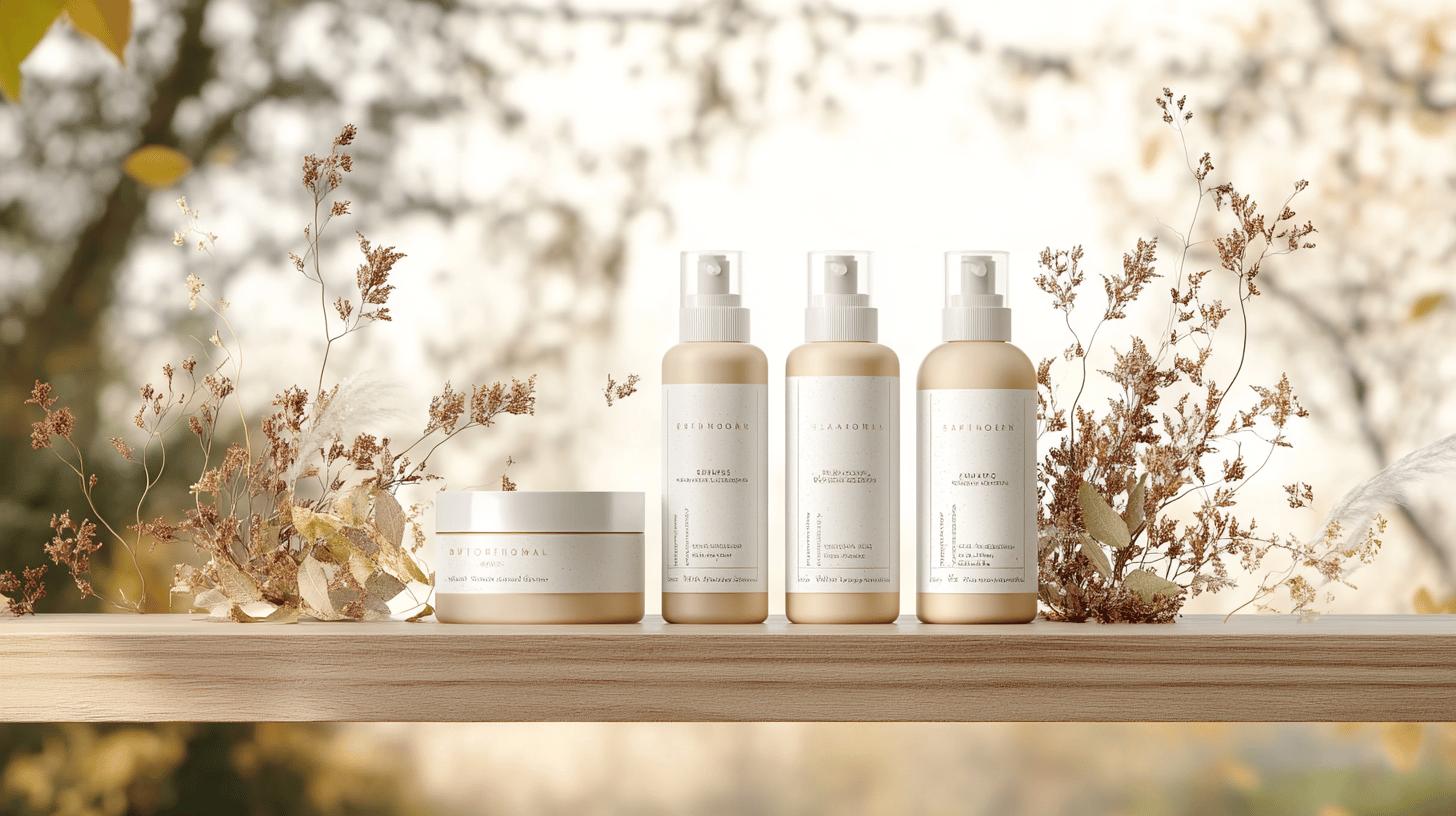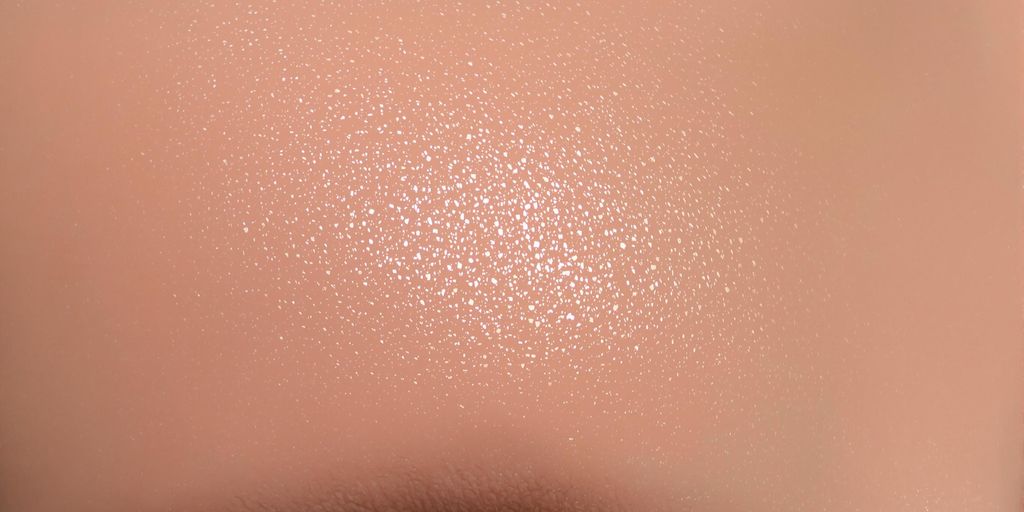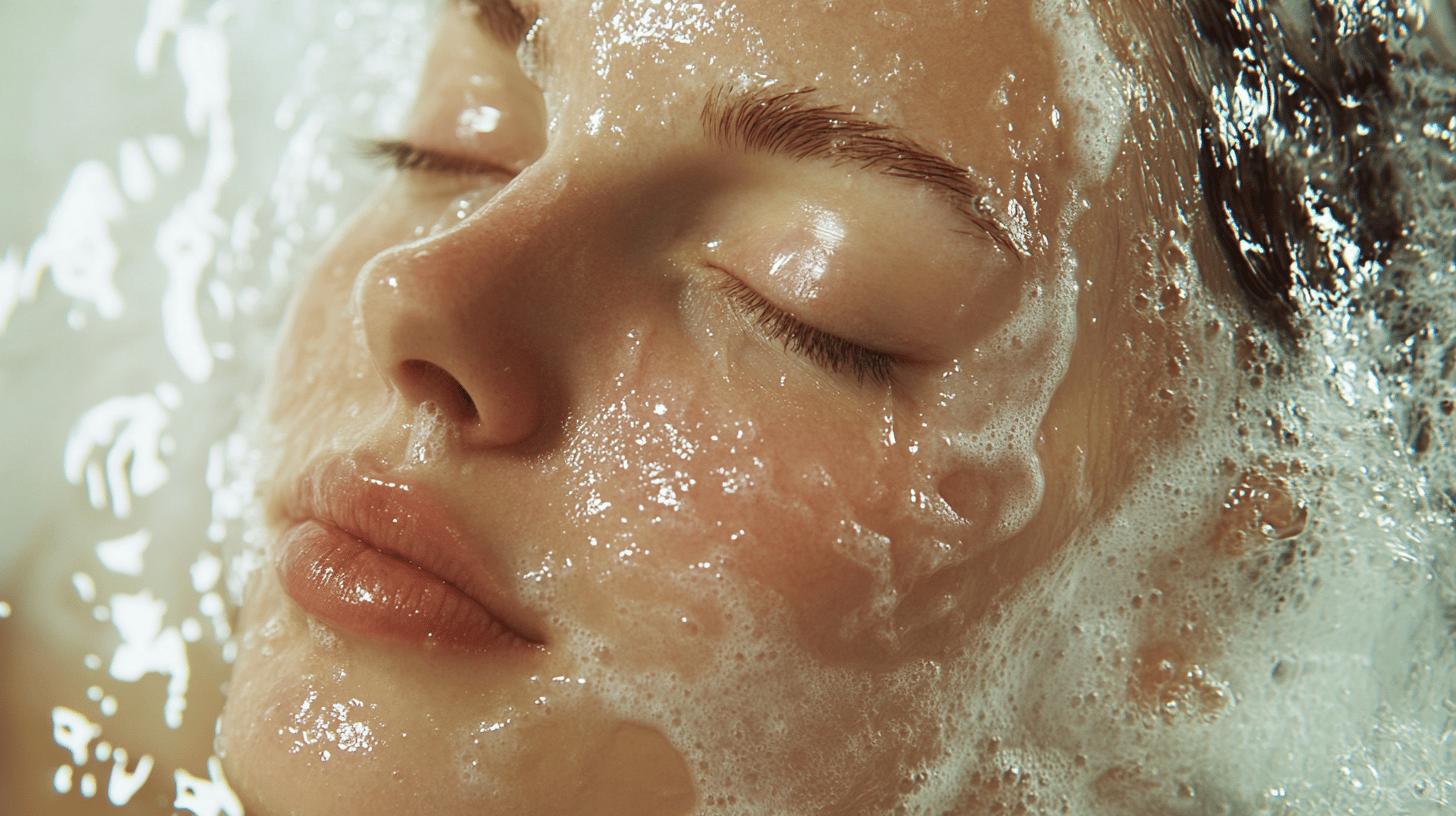Can the changing seasons influence your aesthetic treatment results? As temperatures drop and rise, the impact of weather on your skin and treatment plans is undeniable. Seasonal adjustments in aesthetic treatments are not merely a trend; they are an essential consideration for optimal skin health and efficacy. This article explores how weather changes affect treatment scheduling and planning, ensuring a tailored approach to skincare. Discover why understanding seasonal variations helps maintain that flawless appearance all year round.
Understanding Seasonal Adjustments in Aesthetic Treatment Plans
Seasonality significantly influences the aesthetic industry, necessitating careful planning and scheduling of treatments. As customer demand fluctuates predictably throughout the year, aesthetic practitioners must adapt their treatment plans to align with these changes. Weather variations, such as temperature and humidity, can affect the skin’s condition and sensitivity, thereby impacting the effectiveness and safety of various aesthetic procedures. For instance, cold weather can increase skin sensitivity, making it necessary to adjust treatment intensity or timing to ensure optimal results and minimise discomfort or adverse reactions.
Certain aesthetic treatments are particularly sensitive to seasonal changes, requiring strategic adjustments to maintain their efficacy and safety. Laser procedures, for example, are often best performed during periods of low sun exposure, as UV radiation can interfere with healing and increase the risk of pigmentation changes. Similarly, injectables might need to be scheduled strategically to avoid complications due to weather-induced skin reactions. Understanding the specific needs and responses of the skin during different seasons allows practitioners to tailor their approaches for optimal results.
Treatments Sensitive to Seasonal Changes:
- Laser Resurfacing
- Chemical Peels
- Microdermabrasion
- Dermal Fillers
- Botox Injections
The Impact of Weather on Skin and Treatment Efficacy
Temperature variations play a pivotal role in affecting both the skin’s condition and the efficacy of aesthetic treatments. Cold weather can lead to a reduction in the skin’s natural moisture retention, causing dryness and potential sensitivity. This can influence treatments such as dermal fillers and injectables, as the skin’s decreased elasticity may alter the expected outcome. Furthermore, colder temperatures can impact the healing process post-treatment, potentially prolonging recovery times. Conversely, warm weather can increase blood circulation, which may enhance the absorption and effectiveness of certain treatments but also heighten the risk of swelling or bruising.
Humidity levels also have a notable impact on skin and treatment efficacy. High humidity can result in increased oil production, leading to challenges in managing oily skin and potentially affecting the longevity of treatments like Botox and fillers. Excessive oil can disrupt the intended results, necessitating adjustments in skincare routines to balance oiliness and maintain treatment outcomes. On the other hand, low humidity can exacerbate skin dryness and irritation, which might lead to compromised healing post-procedures. Clients with oily or combination skin types may need tailored skincare regimens to manage these effects effectively.
Maintaining treatment efficacy amidst changing weather conditions requires careful planning and consideration. Seasonal changes necessitate adjustments in both pre- and post-treatment care to optimise results. For instance, during colder months, incorporating hydrating products and avoiding overly harsh exfoliants can help preserve the skin’s moisture barrier. In contrast, during warmer and more humid periods, lightweight, oil-free skincare products can aid in controlling excess oil without clogging pores. By adapting treatment plans and skincare regimens to the prevailing weather conditions, aesthetic practitioners can ensure that clients achieve the best possible outcomes from their cosmetic procedures.
Seasonal Skincare Adjustments: Tips for Each Season

Adapting skincare routines to the changing seasons is crucial for maintaining skin health and addressing specific skin concerns. Each season presents unique challenges that can affect the skin’s condition, requiring targeted approaches to skincare. Understanding these variations helps in formulating a skincare routine that not only protects but also enhances the skin’s resilience and appearance. Consistent use of sunscreen remains a staple throughout the year to safeguard against harmful UV radiation.
Spring is a time of renewal and rejuvenation, making it ideal for incorporating gentle exfoliation into the skincare routine. As the weather warms up, skin may produce more oil, leading to potential breakouts. A balanced approach with lightweight, oil-free moisturisers helps in managing this transition. Spring is also an excellent opportunity to introduce antioxidants like vitamin C to combat increased sun exposure and environmental pollutants.
Summer poses different challenges, with high temperatures and humidity often leading to increased sweat and oil production. A focus on lightweight, hydrating products is crucial to prevent clogged pores and maintain skin health. Sunscreen with a minimum SPF of 30 is paramount during this season to protect against stronger UV rays. Additionally, incorporating soothing ingredients like aloe vera can help calm any irritation from sun exposure.
Autumn brings cooler temperatures that can start to dry out the skin. It’s the perfect time to switch to richer, more nourishing moisturisers that help lock in moisture and repair the skin barrier. As the air becomes drier, incorporating hydrating serums with hyaluronic acid can effectively maintain hydration levels. Exfoliation should be moderate to remove dead skin cells accumulated over the summer, preparing the skin for the colder months ahead.
| Season | Product Type |
|---|---|
| Spring | Lightweight Moisturiser |
| Summer | Hydrating Sunscreen |
| Autumn | Rich Moisturiser |
| Winter | Hydrating Serum |
Planning Aesthetic Treatments: Timing and Seasonal Considerations
The timing of aesthetic treatments is crucial for achieving optimal results, with seasonal factors playing a significant role in this planning. For instance, treatments such as Botox and dermal fillers require careful scheduling to maximise their effectiveness and minimise potential side effects. Cooler temperatures can extend the longevity of fillers by slowing down their breakdown, making autumn and winter ideal periods for such treatments. Additionally, avoiding extensive facial massage post-injectables is essential to prevent the alteration of effects. Strategic timing also involves considering the client’s lifestyle and upcoming events, ensuring treatments are performed well in advance to allow adequate recovery time and peak results.
Personalised plans are vital for addressing individual client needs and the seasonal variations that affect skin conditions and treatment outcomes. Each client’s skin reacts differently to weather changes, necessitating tailored approaches to treatments and aftercare. For example, clients with dry skin may benefit from treatments that focus on hydration during colder months, while those with oily skin might require solutions that address excess oil production in warmer seasons. Customised skincare regimens complement these treatments, providing ongoing support to maintain results throughout the year. By understanding the unique requirements of each client, practitioners can deliver personalised care that aligns with seasonal changes and enhances the efficacy of aesthetic treatments.
Tips for Scheduling Treatments Seasonally:
- Schedule fillers in cooler months for extended longevity.
- Avoid sun exposure post-laser treatments by planning them during winter.
- Allow ample recovery time before significant events.
- Customise skincare regimens to support treatment results across seasons.
Expert Recommendations for Seasonal Skincare and Treatments
Dermatologists commonly advise on the importance of adjusting skincare routines to accommodate seasonal changes. One key recommendation is the cautious use of retinol during periods of intense sun exposure, such as summer. Retinol, while beneficial for promoting cell turnover and reducing signs of ageing, can increase skin sensitivity to UV rays. Therefore, it is essential to opt for lower strengths and ensure consistent use of broad-spectrum sunscreen. Experts also advocate for maintaining straightforward and effective skincare routines, focusing on core products like cleansers, moisturisers, and sun protection. These foundational elements help in managing seasonal skin concerns without overwhelming the skin with excessive products.
Maintaining skin health throughout the year relies heavily on proper hydration and nutrition. Experts highlight the significance of consuming a balanced diet rich in antioxidants, such as vitamins C and E, which support skin resilience against environmental stressors. Staying hydrated is equally crucial, as it aids in maintaining skin elasticity and overall health. Incorporating hydrating serums and creams, particularly during drier months, can help reinforce the skin’s barrier function. Additionally, regular visits to cosmetic clinics for tailored treatments and professional assessments can optimise skincare strategies, ensuring they are aligned with individual needs and seasonal variations.
Final Words
Navigating the complexities of Seasonal Adjustments: How Weather Influences Aesthetic Treatment Plans offers valuable insights into optimising skincare and treatment efficacy year-round. Understanding how weather impacts treatments ensures more effective results and promotes better skin health. The seasonality of the aesthetic industry highlights the need for tailored plans that consider temperature, humidity, and unique skin responses.
By integrating expert advice and adjusting routines seasonally, individuals can maintain healthy, radiant skin irrespective of climate changes. Embrace these seasonal strategies to enhance your natural beauty and achieve your aesthetic goals confidently.
FAQ
What are seasonal adjustments in aesthetic treatment plans?
Seasonal adjustments in aesthetic treatment plans involve modifying procedures based on predictable fluctuations in weather and client demand. Cold weather can increase skin sensitivity, influencing treatments like lasers and injectables.
Which aesthetic treatments are affected by seasonal changes?
Treatments affected by seasonal changes include:
- Laser procedures
- Botox
- Fillers
- Chemical peels
- Microdermabrasion
These procedures may require scheduling adjustments due to weather impacts such as increased skin sensitivity.
How does weather impact the skin and treatment efficacy?
Temperature variations alter skin conditions, affecting treatment outcomes. Cold weather can dry skin, while warm temperatures may enhance oiliness, influencing the efficacy of fillers and Botox.
What skincare tips should be followed for each season?
Seasonal skincare includes:
- Winter: Use thicker creams to combat dryness.
- Summer: Opt for lighter lotions and consistent sunscreen use.
- Spring and Autumn: Adjust with balancing products for transitional climates.
How should one plan aesthetic treatments around seasons?
Planning aesthetic treatments around seasons involves strategic timing, such as scheduling injectables like Botox and fillers when cooler temperatures might increase longevity. Personalised plans consider seasonal variability for optimal results.
What expert recommendations are available for seasonal skincare and treatments?
Dermatologists suggest using retinol sparingly during intense sun exposure and maintaining a straightforward skincare regimen. Emphasis on hydration and nutrition supports overall skin health across seasons.







